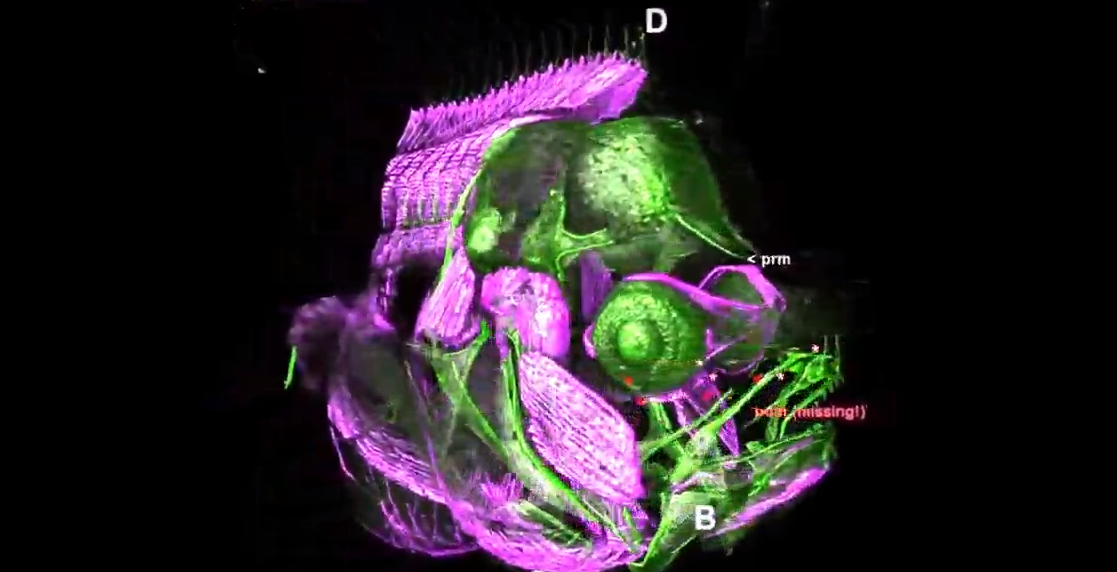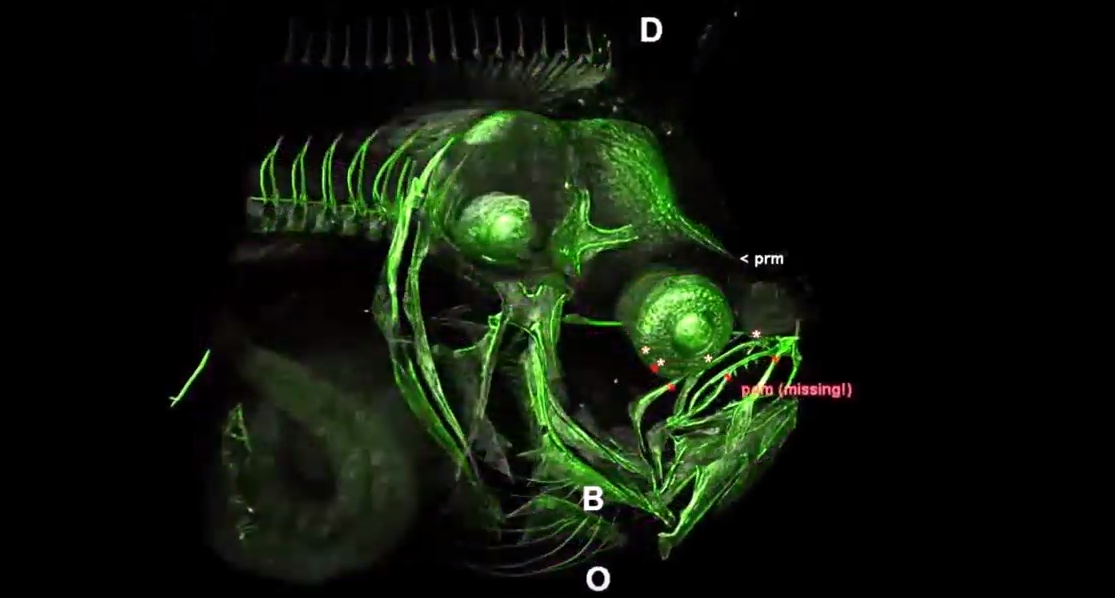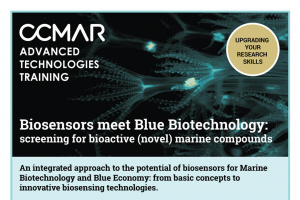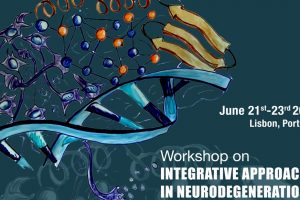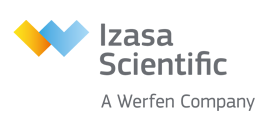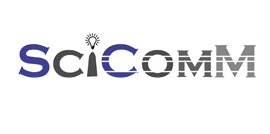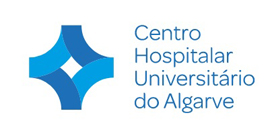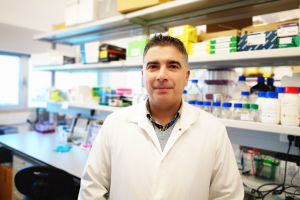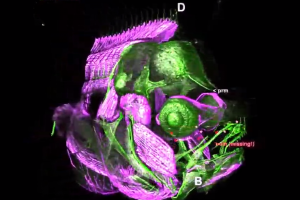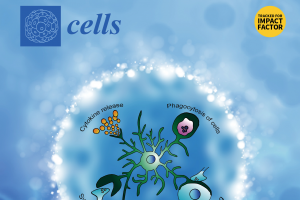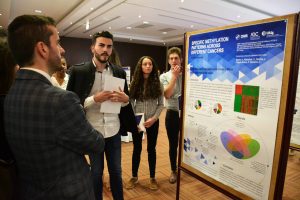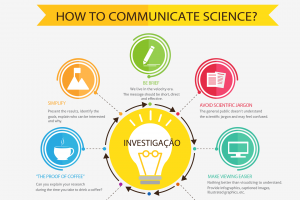A research team from the Center for Marine Sciences (CCMAR) and the Center for Biomedical Research (CBMR), at the University of Algarve (UAlg), led by Marco A. Campinho and integrating the researchers Cláudia Florindo (CBMR), Gabriel Martins (IGC ) and Manuel Manchado (IFAPA-Spain), has identified, for the first time, a fundamental mechanism in the development of flatfish (such as the flounder).
The team has now elucidated the endocrine and genetic basis of metamorphic asymmetric head development in a model flatfish (Solea senegalensis). In flatfish the symmetric larvae undergoes asymmetric head development during metamorphosis. This spectacular developmental event sees the migration of one eye to the opposite side of the head leading to lateralised swimming and adoption of a benthic lifestyle. Up until now it was not clear how asymmetry was generated in flatfishes head at metamorphosis. The team findings now show that thyroid hormones dependent asymmetric ossification is the driving force of eye migration and asymmetric head development.
The research team used advanced techniques of microscopy and 3D reconstruction, in combination with genetic/genomic data, in order to understand the mechanisms of thyroid hormone-dependent postnatal development.
According to the researchers, the scientific discovery “may be important not only for understanding the biological diversity of the world around us but also for understanding the complex network of signaling pathways in mammals, suggesting new clues and new functions for this hormone”.
The investigation, already published on Scientific Reports, starts from the flounder to make known to the humans a new mechanism for thyroid hormone.
